Where Stars Are Born
Helena Cochrane
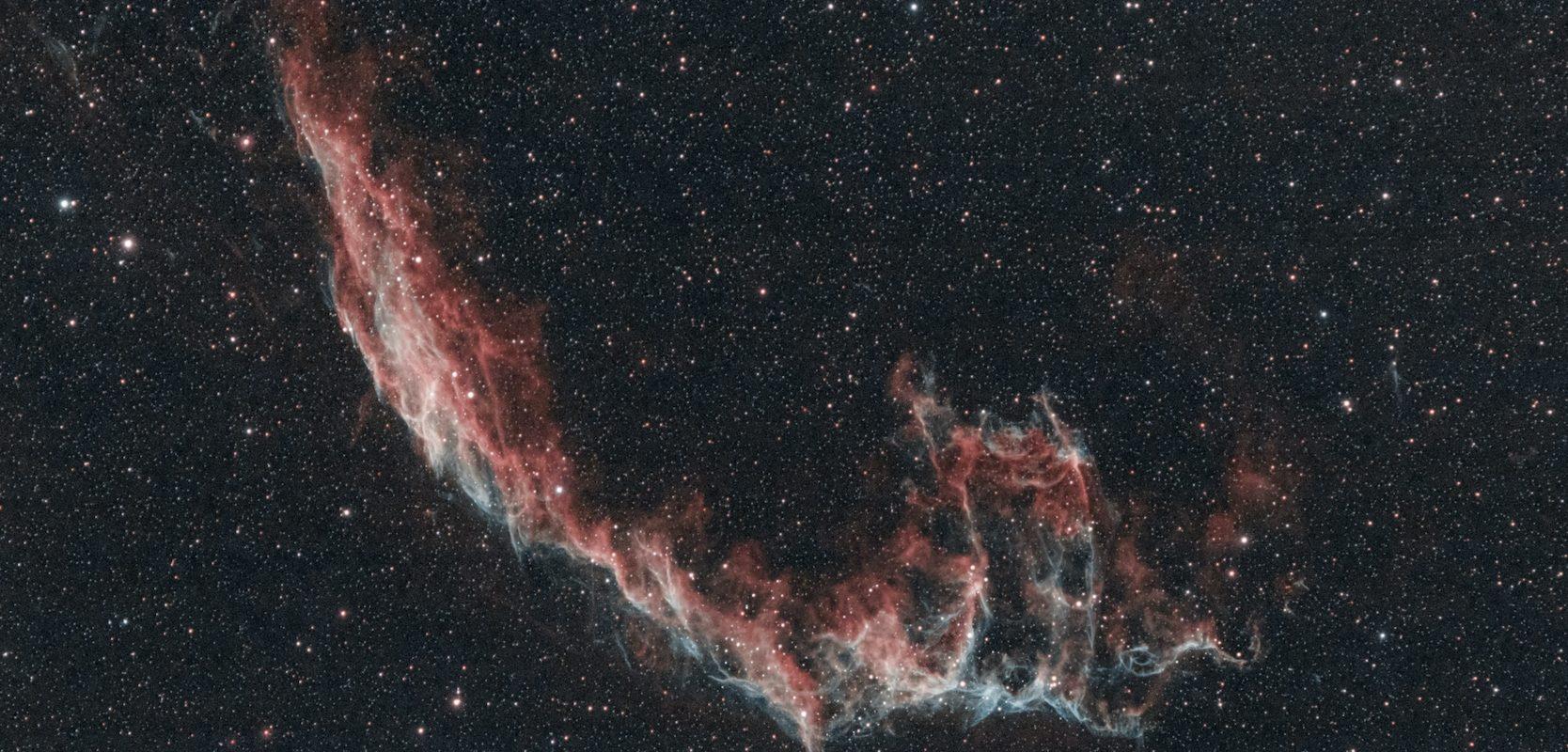
My name is Helena Cochrane, and I am a 16-year-old astrophotographer and YouTuber from Wigtown, Scotland's National Book Town. I have been taking pictures of deep space for almost a year now, bringing my audience along on the journey. Filming has changed my life completely, giving me the opportunity to connect with the most amazing telescope companies and many inspirational women in STEM who I now have as friends for life.
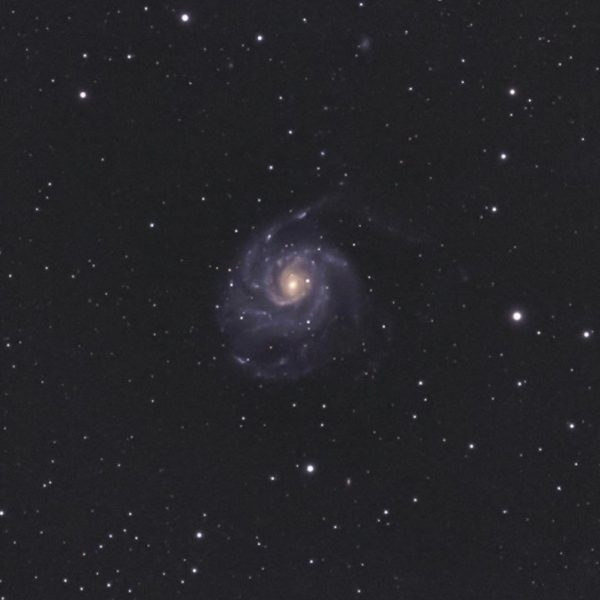
The Pinwheel Galaxy
M101 is a face-on spiral galaxy 21 million light years away from home in the constellation Ursa Major. It was discovered by Pierre Méchain in 1781 and is commonly known as the Pinwheel Galaxy. It itself contains one trillion stars, which is phenomenal! This was the first galaxy I photographed, but this photo is a revisit a few months on. It holds a very special place in my heart!

The Whirlpool Galaxy
The Whirlpool Galaxy is 23 million light years from my back garden. It lies in the constellation Canes Venatici and was actually the first galaxy to be defined as a spiral galaxy. The Nucleus in M51 contains tremendously active Seyfert 2 emission lines, which makes it glorious to look at in infrared.
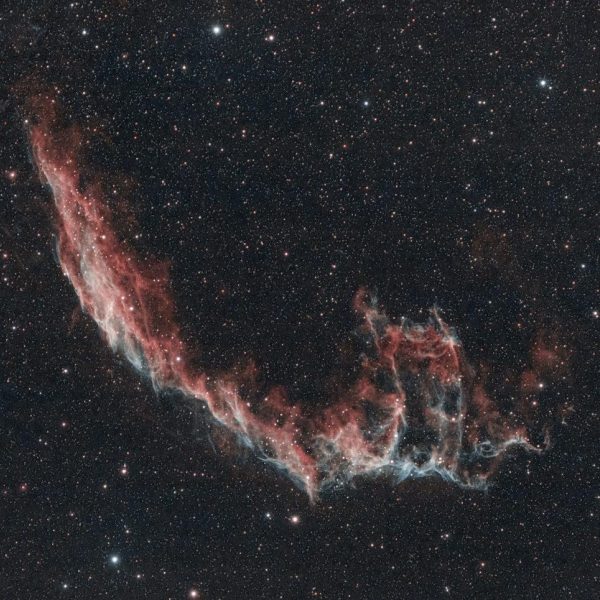
The Veil Nebula
The Eastern Veil Nebula is a huge, feathery cloud of heated gas and dust in the constellation Cygnus. It's 1,470 light years away from my back garden and stretches 50 light years across! This is one of my favourite targets, and one I'd like to revisit with a wider setup to capture the whole complex. The would include the Eastern and Western Veil and Pickering's Triangle.
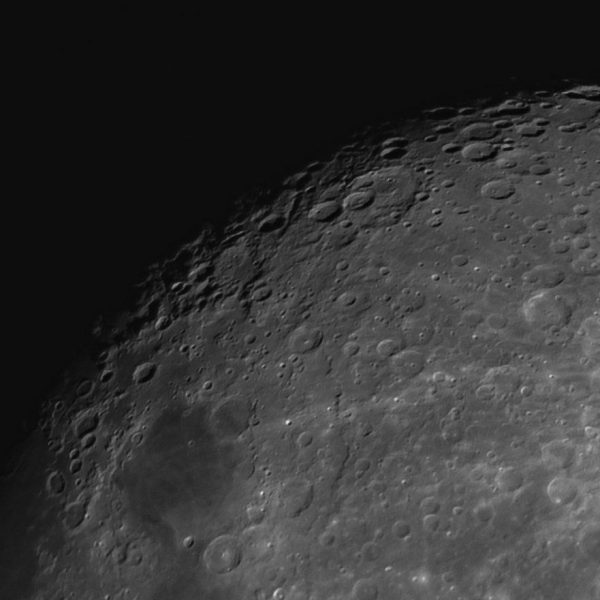
Mare Nectaris
In lunar photography, to get the most detail, you can create what we call a mosaic. This is when you zoom into certain parts of the Moon, take individual panels across different parts of the surface and stitch them together. For this, I used what's called a Barlow lens to magnify my view two times as much! This set of craters is also known as Mare Nectaris, or the Sea of Nectar.
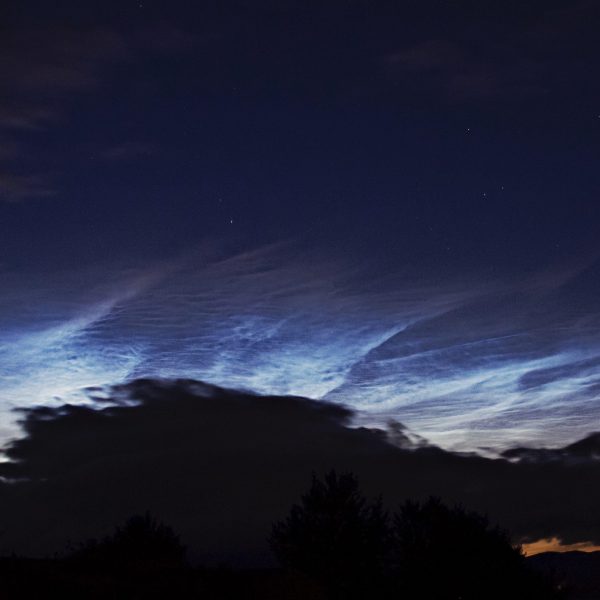
Noctilucent Cloud
Noctilucent clouds are the rarest type of cloud, and luckily I live in a country famous for its clouds! These specific ones are formed in the highest parts of the atmosphere, 50 miles above the surface of the Earth. They are composed of ice crystals and dust particles, but the origin of these is not yet known. It is thought they are left over from passing meteors.
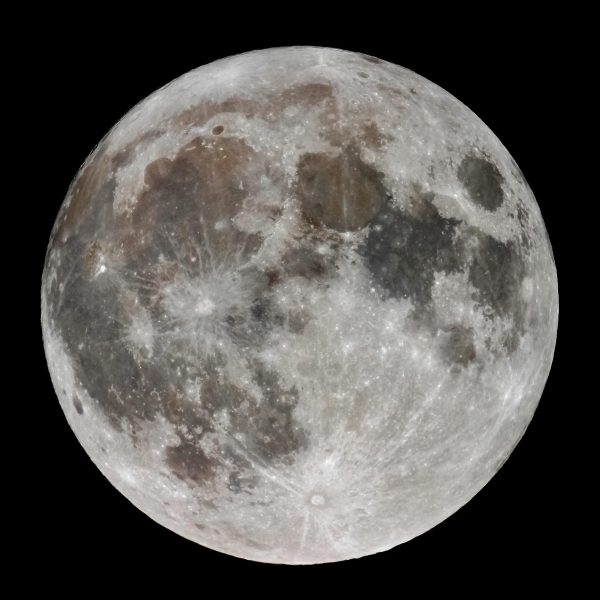
Mineral Moon
There was a day when I thought the Moon was just black and white. See this colour? That's due to deposits of certain minerals embedded in the lunar soil. Some of these are aluminium, magnesium and titanium. I took this with a large reflector telescope, which helped a tonne with capturing this detail!
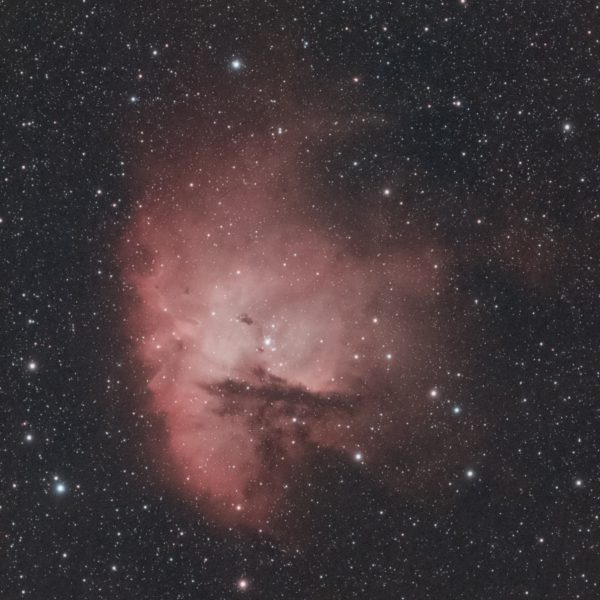
Pacman
The Pacman Nebula is a very bright emission nebula in the constellation Cassiopeia. It shares this part of the sky with many other beauties such as the Bubble Nebula and the Double Cluster. I loved getting a longer integration on this target, it really brought out the dark nebulae in the centre and details around the sides.
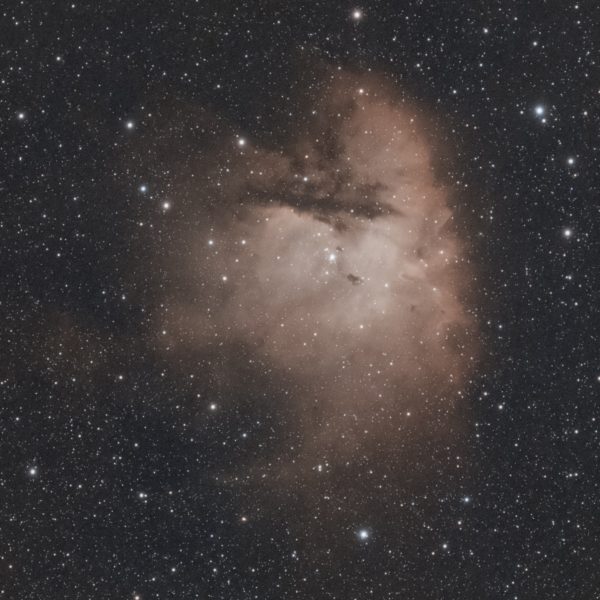
Hubble Pacman
Yes, this is the same image as the previous, but it looks a little different, right? Well, this is because when shooting through a multi-band pass filter, I can use specialist software to separate different channels and therefore make numerous different channel/colour combinations. As an example, the I-eNhance lets through H-Alpha, H-Beta and Oxygen-III lines. In this case I've combined both the Ha and the O-III to create what's more commonly known as the 'Hubble Palette'. I really like the uniqueness it gives!
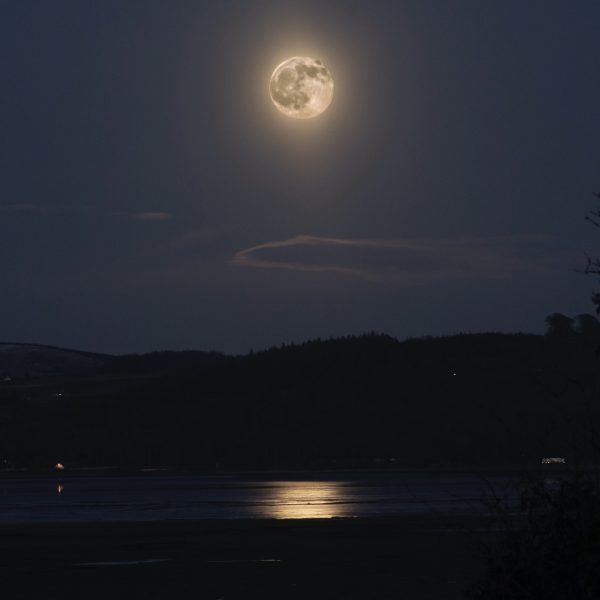
Wigtown Bay
My astro roots started with close-up Moon photography using my 10'' Dobsonian, however I am much less experienced in wide field! This is a composite image (two images blended together to gain the foreground as well as the detail on the Moon). The Moon glow over Wigtown Bay added something really special, it was spectacular in person!
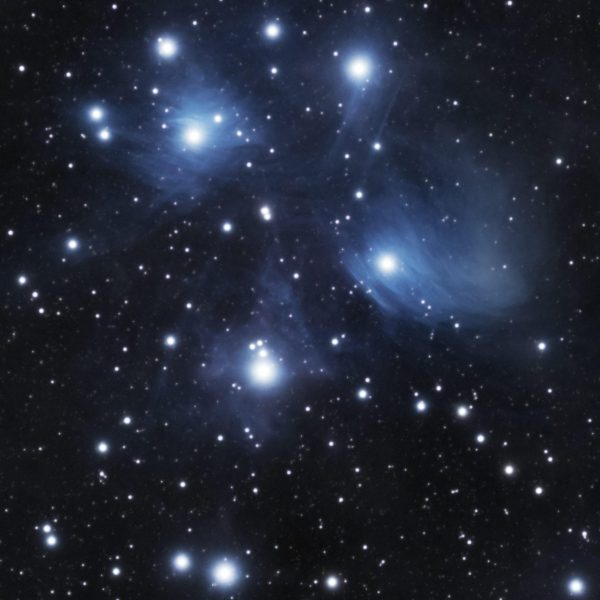
The Pleiades
M45, The Pleiades, is an open star cluster located in the constellation Taurus. This is an extremely famous winter target and is one I recommend to beginners due to its high magnitude and being easy to find in the sky. Another name it goes by it The Seven Sisters, and it is 444.2 light years away from us.

Christmas Tree Cluster
The Christmas Tree Cluster + Cone Nebula is another, less looked upon, winter target. It is by far the hardest object I've ever shot, and I really want to go back to get more data on it! The nebulosity is infinitely intriguing, especially at the bottom of the tree, and I'd love to get a closer look.

Comet NEOWISE
Comet NEOWISE, or C/2020 F3 was discovered on 27 March 2020. It was visible for an extended period of time over Wigtown, the majority of which was cloudy! This photo sums up our viewing experience pretty well, but made seeing it even more special.
Helena will be talking to Abigail Beall and Professor Andy Lawrence at 5pm on Saturday 6 March in 'Reach for the Stars' as part of Big Bang Week 2021. Click here to find out more.
Follow Helena's astrophotography journey on Facebook, Instagram and YouTube.